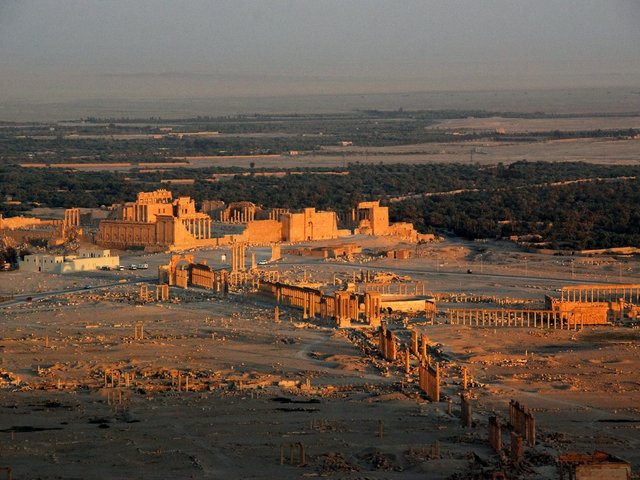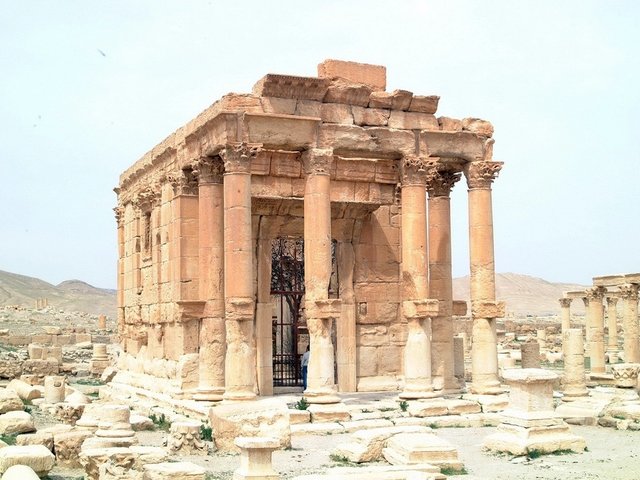Fears are growing over the fate of the ancient Roman city of Palmyra, following its recapture by Isil forces. On 10 December Isil militants launched an attack on Palmyra and the adjacent modern town of Tadmur, taking advantage of the fact that some Syrian government troops had been dispatched from there to fight at Aleppo, 200 kilometres to the north.
President Bashar Assad’s government troops, with Russian military support, had seized the desert oasis of Palmyra in April, after an earlier ten-month Isil occupation. During their earlier occupation, Isil extremists deliberately destroyed some of the greatest Roman monuments, mainly dating from the first and second centuries AD. These included the temples of Bel and Baalshamin, the triumphal arch and the tower tombs. They also tortured and beheaded the leading archaeologist, 81-year-old Khaled al-Asaad.
Maamoun Abdulkarim, the Syrian director of antiquities, describes the Isil reoccupation as “a black nightmare”. He is “totally convinced” that the extremists will continue their destruction. Fortunately most of the collection of the Palmyra Museum had been moved to safety in Damascus, according to Abdulkarim.
With the fall of Palmyra to Isil forces, Syrian government troops may well be diverted back from Aleppo in an attempt to recapture the site. If fighting intensifies over Palmyra, which is likely in the coming weeks, then there is also a danger that the surviving Roman remains will be damaged in crossfire.




